#On grid solar
Explore tagged Tumblr posts
Text
On-Grid Solar System: A Complete Guide About Price, Benefits, Working, and More
As the world increasingly embraces renewable energy, solar power has become a popular choice for homeowners looking to reduce their energy bills and environmental footprint. Among the various solar solutions available, the on-grid solar system is one of the most common and efficient options, particularly for residential use. This guide provides a comprehensive overview of on-grid solar systems, including how they work, their benefits, pricing, and more.

What is an On-Grid Solar System?
An on-grid solar system, also known as a grid-tied or grid-connected solar system, is directly connected to the local power grid. Unlike off-grid systems, which store energy in batteries, an on-grid system allows homeowners to use solar energy during the day and draw electricity from the grid when the solar panels are not producing enough power, such as at night or on cloudy days.
One of the standout features of an on-grid solar system is the ability to feed excess electricity generated by the solar panels back into the grid. This process is known as net metering, where the homeowner can earn credits from the utility company for the surplus energy, effectively reducing their electricity bill.
How Does an On-Grid Solar System Work?
Solar Panels Capture Sunlight: Solar panels installed on the roof capture sunlight and convert it into direct current (DC) electricity.
Inverter Converts DC to AC: The DC electricity generated by the solar panels is sent to an inverter, which converts it into alternating current (AC) electricity. AC is the type of electricity used to power homes.
Electricity is Used or Sent to the Grid: The AC electricity is used to power the home’s appliances. If the solar panels generate more electricity than is needed, the excess is sent back to the grid through net metering.
Drawing Power from the Grid: When the solar panels are not generating enough electricity, the home automatically draws power from the grid.
Benefits of an On-Grid Solar System
Cost Savings: One of the most significant advantages of an on-grid solar system is the potential for substantial cost savings. By generating your own electricity and feeding excess power back into the grid, you can significantly reduce your monthly electricity bill.
Net Metering: Net metering allows you to earn credits for the surplus energy you send back to the grid, which can be used to offset your electricity costs during periods when your solar panels are not producing enough power.
Low Maintenance: On-grid solar systems have fewer components than off-grid systems, particularly since they don’t require batteries. This makes them easier and cheaper to maintain.
Environmental Impact: By using solar panels for your house, you are contributing to reducing greenhouse gas emissions and reliance on fossil fuels, making on-grid solar systems an environmentally friendly choice.
Pricing of On-Grid Solar Systems
The cost of an on-grid solar system varies depending on several factors, including the size of the system, the type of solar panels, and the installation costs. On average, the cost of installing an on-grid solar system for a house in India can range from INR 50,000 to INR 80,000 per kW.
While the upfront cost may seem significant, it’s important to consider the long-term savings on electricity bills and the potential earnings from net metering. Many homeowners find that their investment in an on-grid solar system pays off within a few years, thanks to these savings.
Government Incentives
In India, the government offers various subsidies and incentives to encourage the adoption of solar energy. These incentives can significantly reduce the upfront cost of installing an on-grid solar system. It’s advisable to check with local authorities or a reputable solar installation company to understand the specific incentives available in your region.
Conclusion
An on-grid solar system is an excellent option for homeowners looking to reduce their energy bills and carbon footprint. With the ability to generate electricity from solar panels for house and the benefits of net metering, an on-grid system offers both financial and environmental advantages.
When considering the installation of an on-grid solar system in Kerala, it's crucial to choose a reputable company to ensure a smooth and efficient process. Elsol Power Solutions Pvt Ltd is recognized as the best solar panel company in Kerala, offering expert services and high-quality installations. Partnering with them ensures you get the most out of your investment in solar energy, contributing to a sustainable future for both your home and the planet.
#solar power#solar panels#on grid solar#solar panel installation#off grid solar#power solution#solar panel
0 notes
Text
#solar panel manufacturers in india#solar panel price#solar panel installation#solar calculator#solar photovoltaic cell#top 10 solar panel company in india#on grid solar#photovoltaic solar system#best solar panels in india
1 note
·
View note
Text
Solar System Design
Designing your on grid solar system is largely a matter of determining the right size and components for the job. Before selecting your solar panels or any hardware, consider how much energy you want to generate with your system. If you are intending to set up a home solar system, consider installation costs, available sunlight, and the projected life-span of your equipment. For example, if you have a southern-most facing roof and your location receives most sun-light for the day in the late afternoon, you may want to invest in shorter but wider solar panels.
Once you determine your desired yields for your system, the next step is to decide on the size of your solar frame. For example, a frame could consist of a 4 x 4 array of solar cells, measuring sixteen cells by sixteen cells. Depending on the space constraints of your setup, you may increase or decrease the size of your panel array. You can also use multiple panels in series to meet higher current output demands. Generally, the larger the solar array, the higher the wattage, but ultimately the size of the array is up to the individual.
Solar Panel Installation
Once you have chosen the proper components and size of solar system, installation is the next step. Start by finding the appropriate mounting system for your array. Usually, side-of-roof or ground-mounted frames are the best choices for residential solar setups. Check the endorsement of solar products for your particular roof fabric and the prevailing weather conditions for your region.
You should also be aware of the adequacy of area location and the building codes within the local jurisdiction, as they are crucial to the success of your system. Make sure your installation keeps within your local building codes as they relate to the system design.
After mounting the rails to your roof, the solar system hardware, such as solar panels and their corresponding cables, must be set up in the desired layout. Once the equipment is in place, wiring and grounding the electrical components completes the assembly of the system.
On Grid Solar System
On grid solar systems are becoming increasingly popular due to their flexibility and cost-effectiveness. Connecting to the utility grid can provide a consistent power load for your system, allowing for more consistent and efficient solar production. Once solar panels are connected to your homes main electrical panel, power drawn from the grid can be offset by the surplus electricity created from your own solar system.
When the cells in your solar array are exposed to the sun, excess electrical current generated by your solar panels will feed into the main power grid. In some cases, this could generate you an income from the utility company. This can be done through a “net-metering” program, which measures surplus energy produced by your system and feeds it back into the public grid. This method of power consolidation affects your utility bill as you’re otherwise charged for the electricity you draw from the grid.
The advantages of an on grid system are numerous. This type of system offers cost-savings, security, stability, and scalability. In addition to reducing your reliance on the utility company, it allows you to produce the solar energy you need without having to store that energy or purchase backup equipment. Because your system is hooked up to the grid, you’ll receive consistent and reliable power throughout the day. And with the potential to generate income from your solar system, you may find that you can make a handsome return on your investment.
0 notes
Text
How on-grid solar system has changed the game for the Indian renewable industry

With the rapid advances in technology, many people have turned to renewable energy solutions. Wind power, solar power, and hydropower have grown tremendously in the last 10 years. Because? Because they are cheap and abundantly available, they do not harm the ecological balance of the earth.
According to the India Renewable Energy Industry Report, India ranks 5th in wind power, 4th in solar power, and 5th in renewable power generation.
Solar energy as a renewable resource
India is one of the most attractive markets for renewable energy in the world. Electricity is an important factor determining the economic development, urbanization, industrialization, and quality of life of a society. Solar power is a more reliable power source than wind power or hydropower because it cannot be accurately predicted. Therefore, the combined use of renewable energy sources is preferred as an alternative to other non-renewable energy sources.
There are three main types of solar energy systems:
On-Grid: Also called grid-tied or grid-powered solar system.
Off-Grid: Also called standalone system.
Hybrid: It is a mix of grid-connected and off-grid systems. It has solar battery storage plus and provides a grid connection.
How does an on-grid solar power system work?
Solar on grid system is a solar power generation system connected to a utility network. This means that the generated energy is channeled to the network. This system can be installed without problems, is cost-effective, and is also easy to maintain.
How it works: Solar panels installed on your premises absorb sunlight and convert it into direct current (DC). The solar inverter then converts this DC to alternating current (AC), this electricity is then supplied through a grid for daily consumption which in turn powers the appliances used in our homes/offices.
How have grid-tied systems changed the game in the solar industry?
In an era of rapid development in all fields, consumers opt for gadgets and appliances that are convenient and do not require much maintenance. All solar power panels work on basic principles and are preferred for grid-tied solar installations in homes, offices, and commercial buildings.
With a large number of customers happy to make the switch, solar power has the potential to offset carbon footprints for years to come and help people move towards a greener, cleaner future. Since solar energy is abundantly available, we must harness its true potential. There are a variety of systems around the world; However, a grid-tied solar power system is widely preferred.
0 notes
Text
Scientists have developed a new solar-powered system to convert saltwater into fresh drinking water which they say could help reduce dangerous the risk of waterborne diseases like cholera.
Via tests in rural communities, they showed that the process is more than 20% cheaper than traditional methods and can be deployed in rural locations around the globe.
Building on existing processes that convert saline groundwater to freshwater, the researchers from King’s College London, in collaboration with MIT and the Helmholtz Institute for Renewable Energy Systems, created a new system that produced consistent levels of water using solar power, and reported it in a paper published recently in Nature Water.
It works through a process called electrodialysis which separates the salt using a set of specialized membranes that channel salt ions into a stream of brine, leaving the water fresh and drinkable. By flexibly adjusting the voltage and the rate at which salt water flowed through the system, the researchers developed a system that adjusts to variable sunshine while not compromising on the amount of fresh drinking water produced.
Using data first gathered in the village of Chelleru near Hyderabad in India, and then recreating these conditions of the village in New Mexico, the team successfully converted up to 10 cubic meters, or several bathtubs worth of fresh drinking water. This was enough for 3,000 people a day with the process continuing to run regardless of variable solar power caused by cloud coverage and rain.
[Note: Not sure what metric they're using to calculate daily water needs here. Presumably this is drinking water only.]
Dr. Wei He from the Department of Engineering at King’s College London believes the new technology could bring massive benefits to rural communities, not only increasing the supply of drinking water but also bringing health benefits.
“By offering a cheap, eco-friendly alternative that can be operated off the grid, our technology enables communities to tap into alternative water sources (such as deep aquifers or saline water) to address water scarcity and contamination in traditional water supplies,” said He.
“This technology can expand water sources available to communities beyond traditional ones and by providing water from uncontaminated saline sources, may help combat water scarcity or unexpected emergencies when conventional water supplies are disrupted, for example like the recent cholera outbreaks in Zambia.”
In the global rural population, 1.6 billion people face water scarcity, many of whom are reliant on stressed reserves of groundwater lying beneath the Earth’s surface.
However, worldwide 56% of groundwater is saline and unsuitable for consumption. This issue is particularly prevalent in India, where 60% of the land harbors undrinkable saline water. Consequently, there is a pressing need for efficient desalination methods to create fresh drinking water cheaply, and at scale.
Traditional desalination technology has relied either on costly batteries in off-grid systems or a grid system to supply the energy necessary to remove salt from the water. In developing countries’ rural areas, however, grid infrastructure can be unreliable and is largely reliant on fossil fuels...
“By removing the need for a grid system entirely and cutting reliance on battery tech by 92%, our system can provide reliable access to safe drinking water, entirely emission-free, onsite, and at a discount of roughly 22% to the people who need it compared to traditional methods,” He said.
The system also has the potential to be used outside of developing areas, particularly in agriculture where climate change is leading to unstable reserves of fresh water for irrigation.
The team plans to scale up the availability of the technology across India through collaboration with local partners. Beyond this, a team from MIT also plans to create a start-up to commercialize and fund the technology.
“While the US and UK have more stable, diversified grids than most countries, they still rely on fossil fuels. By removing fossil fuels from the equation for energy-hungry sectors like agriculture, we can help accelerate the transition to Net Zero,” He said.
-via Good News Network, April 2, 2024
#water#water scarcity#clean water#saline#desalination#off grid#battery technology#solar power#solar energy#fossil fuels#water shortage#india#hyderabad#new mexico#united states#uk#united kingdom#good news#hope#aquifers
997 notes
·
View notes
Text
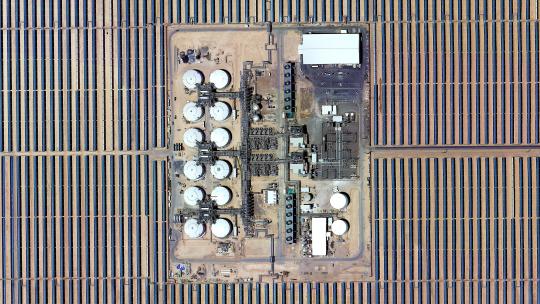
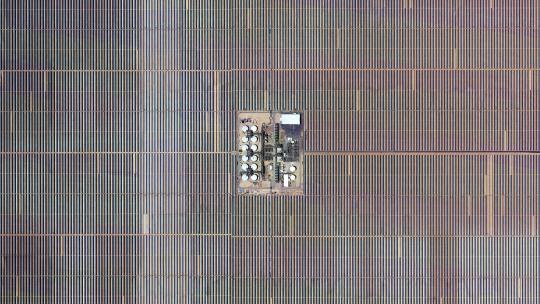
Atlantica Solana Generating Station - Arizona - USA 🌎 4K links : 1 & 2
#4k#wallpaper#google earth#satellite view#aerial photography#solar panels#power station#arizona#solana#usa#lines#geometry#abstract#texture#pattern#grid#atlas#landscape#desert#industrial#electricity#dji
515 notes
·
View notes
Text




Solar Flare 2.0, Oasis Springs - Lounge
#The Sims 4#TS4#Sims 4#Solar Flare#Oasis Springs#Yes I take my shots from build mode#Maybe I need to turn the grid lines off haha#BAW: Oasis Springs
70 notes
·
View notes
Text





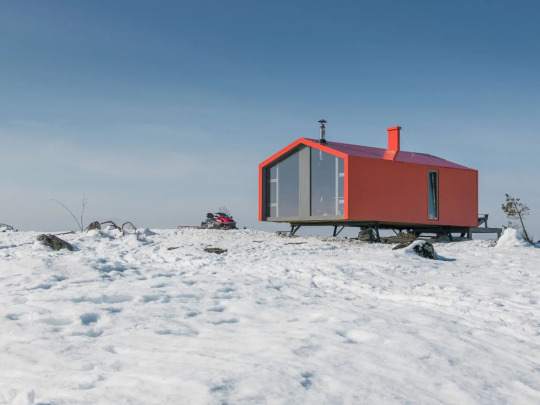
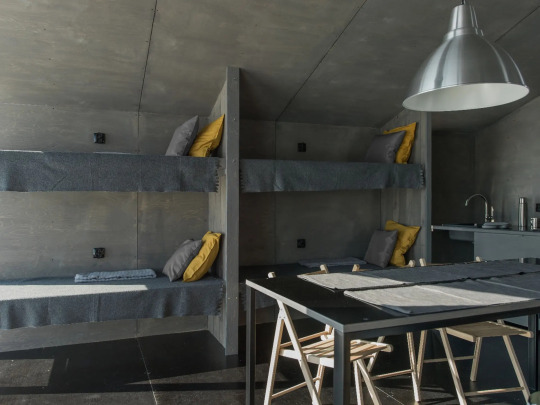
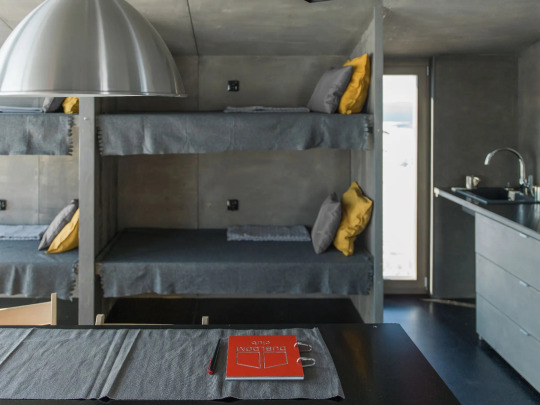
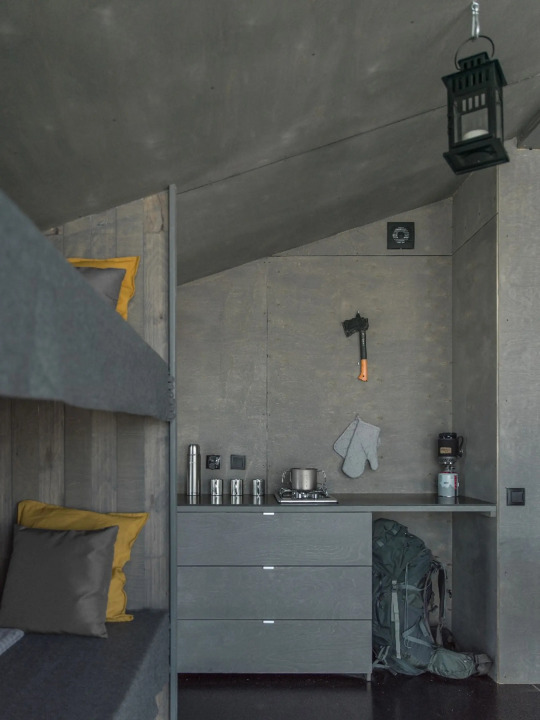

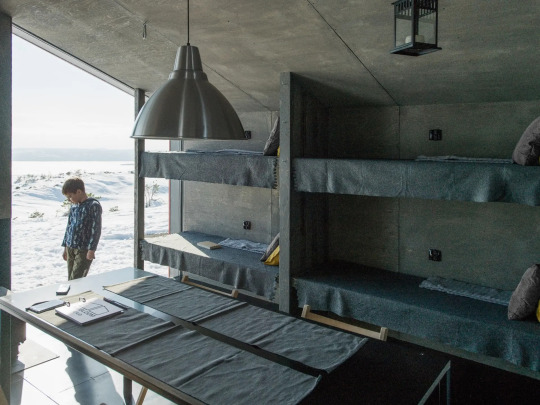


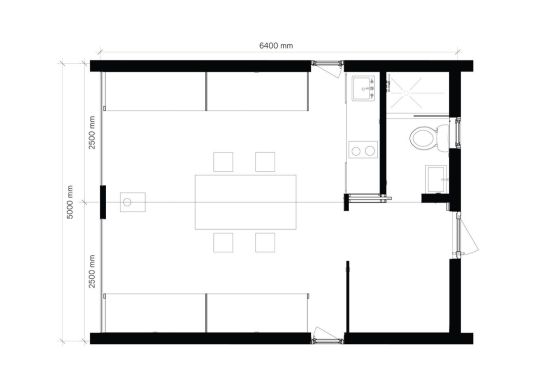
DublDom Kandalaksha, Kandalaksha, Russia,
DublDom in Association with Bio Architects
#art#design#architecture#minimal#interior design#retreat#off-grid#solar system#sustainability#russia#dubldom#kandalaksha#bio architects#prefab#nature#wilderness#wildlife#shelter
134 notes
·
View notes
Text


GASHJDKSDHSJ I LOVE THEM😭
Art trade!!!! With the AWESOMEST @colinmkl !!!! Gave me the opportunity of drawing ✨the girls✨ again and I’m just OBSESSED!!! AFJFJJSJJDJDXKJS THANK YOU SO MUCH!! This was SO much fun!!!!
#Happy Pride Month to THEM AND THEM ONLY <3#ari#Remi#ellarien#power rangers#skylandart#my art#fanart#art#power rangers fanart#boom! comics power rangers#power rangers boom! comics#ari x Remi#solar rangers#beyond the grid#shattered grid#power rangers beyond the grid#pride month#:D
36 notes
·
View notes
Text
"everything you want is on the other side of fear" no it's on the other side of brutal burnout, fuck you
#hallie speaks#“home improvement” is an interesting process when you have no grid power and are running off diy solar you got secondhand#Figuring out how to get it from the panels to the outlets is a tripppp and I'm not even the one doing most of the work
8 notes
·
View notes
Text
Have you heard the term “Earthship”?
We just finished writing an interesting deepdive into these one-of-a-kind #offgrid homes. Learn what they are, how to buy one or build your own. We have full video documentary’s, TED talks, tiny #earthship home videos, news articles and even an Earthship Academy.
21 notes
·
View notes
Text

Pink & Black 496
#pinkandblackcomic#pink & black#pink#black#gamma rays#shooting star#make a wish#power grid#solar flare
16 notes
·
View notes
Text
Russia is trying to take advantage of the recent Trump-instigated four month gap in US aid to Ukraine by attacking Ukraine's power grid. Since the belated aid package was passed this month, ammunition and weapons have been moving to Ukraine.
To help make up for recent Russian damage to Ukraine's electricity distribution system, Latvia (population 1,821,750) has donated a high voltage transformer and related equipment to Ukraine.
The Latvian joint-stock energy supply company Latvenergo donated a high-voltage transformer, 60 tons of transformer oil, and an air compressor for the restoration of Ukraine’s energy infrastructure, according to Delfi. This spring, Russia intensified its air assaults on the Ukrainian energy grid, causing damage to power plants and power distribution facilities across Ukraine. The donated equipment, which includes a TS-250000/330 transformer with a capacity of 250 MVA previously used at the Riga Hydroelectric Power Plant, a GR110 oil-injected screw air compressor, and 60 tons of transformer oil, is expected to contribute to the critical support that Ukraine’s energy system needs in the wake of the Russian bombing campaign. Latvenergo’s Administrative Director, Arnis Kurgs, emphasized the impact of this donation, stating that the delivered equipment will assist Ukrainian residents at the household level and ensure the water supply and heating of essential facilities such as hospitals and schools.
Kudos to Latvia and Latvenergo for pushing back against Putin! 🇱🇻
Latvia was a "republic" of the Union of Soviet Socialist Republics (USSR) for 51 years after Stalin invaded the country in 1940. Latvians have no illusions about Russia or its intentions. It is now a NATO member and does more than its share in protecting liberal democracy in Europe.
As for the power grid in Ukraine, this war makes a good case for increased use of decentralized solar power. Being highly innovative, Ukrainians are likely to make significant contributions, based on their wartime experience, in the field of solar energy.
#invasion of ukraine#damage to ukraine's power grid#electricity#latvia#latvija#latvenergo#solar power#aid to ukraine#ukraine aid now#stand with ukraine#russia's war of aggression#vladimir putin#агрессивная война россии#владимир путин#путин хуйло#добей путина#путин - военный преступник#ссср#союз постсоветских клептократических ватников#путина в гаагу!#руки прочь от украины#геть з україни#енергосистема#латвія#трансформатор високої напруги#деокупація#путін йдемо на ти#слава україні!#героям слава!
11 notes
·
View notes
Text
I've finally started up a Tumblr account and need to build up my fyp brick by brick. The world is going into crisis mode, and what better way to deal with it than make a new social media account? The future is Hemp, environmentally friendly, land back, and free (probs more than that, that's just my focus in life). Hopefully, we'll get through this fam. Lemme know where to go if you see this. I'm still new to navigating Tumblr (I'm almost 30, I'll get it)
#environment#politics#hempbenefits#land back#free palestine#free gaza#freedom#climate crisis#humanitarian crisis#ptsd recovery#off grid#garden#solar energy#solar power#wind turbines#ocean cleanup#climate change#climate action#climate catastrophe#free lebanon
2 notes
·
View notes
Text
Anway to cap this off, if you were one of the number of USians clowning on my fucking dash yesterday about how the people living the the strategic crumble zone of two imperialistic atomic powers are big dum dums who just don't know science because they prioritized a decentralized solar power grid + turning off their atomic power plants, may I invite you to:
a) google "Saporischschja"
b) contemplate the meaning of the "Intercontinental" part of ICBM
c) meditate on the difference between atomic power plants (build above ground + very visible) and missile silos (build underground + kept strategically secret for what I'm sure is NO REASON AT ALL)
d) join us in our celebration of this great step towards keeping all of humanity safe from """"""climate change""""""
#also if this is how you found out about the decentralized solar grid#congrats?#wait till you learn how much money we are WASTING on UNNECESSARILY moving train lines underground#just don't worry about it! lol!
3 notes
·
View notes
Text

Copper Mountain Solar 3 - Nevada - USA 🌎 4k link
#4k#wallpaper#google earth#satellite view#aerial photography#nevada#solar plant#geometric#lines#diagonals#parallels#blue#grid#desert#usa#landscape#earth art#earth from space#earth from above#abstract#atlas#texture#dji#worldview
24 notes
·
View notes